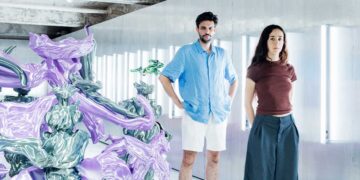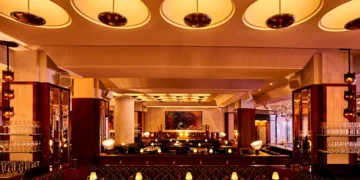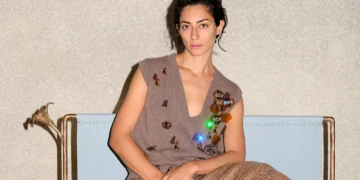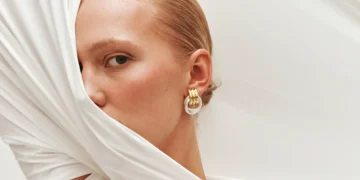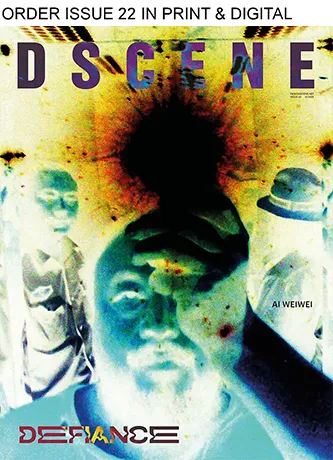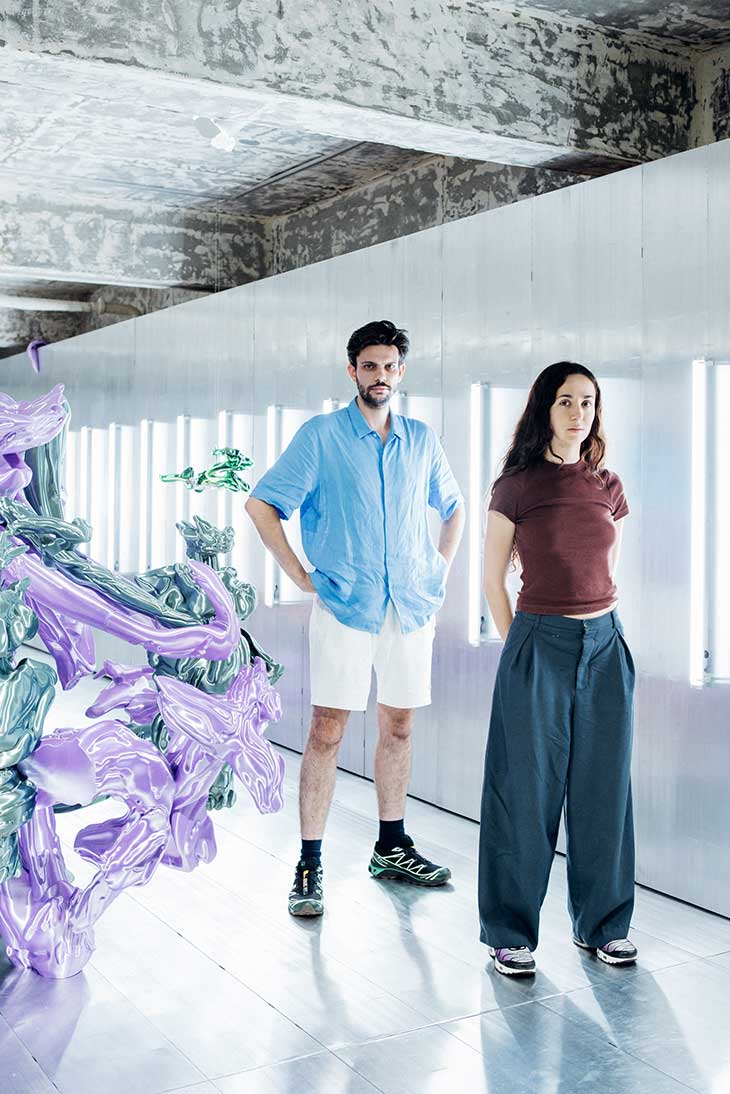
Audrey Large and Théophile Blandet, two innovative artists and designers based in the Netherlands, are redefining the boundaries of digital fabrication, craftsmanship, and material perception. Audrey focuses on digital sculpture, utilizing 3D printing and digital image manipulation to explore how technology transforms our understanding of physical matter. Her practice engages with digital cinema and image theory to offer a new lens on how the digital age influences our interaction with the material world. Similarly, Théophile creates work that challenges conventional categories, combining popular culture with craftsmanship to produce ‘infra-ordinary’ objects that exist between abstraction and functionality.
INTERVIEWS
In their latest collaboration for the 7th edition of The Art of Dreams in Seoul, the duo is featured in the immersive “Capsule Dreamscapes #01 Seoul” exhibition. Co-curated by Alessio Ascari and Paul Cournet, this event—organized by Porsche and Capsule—explores the surreal potential of dreams and the future of craftsmanship. Audrey and Théophile, alongside other international and South Korean artists, contribute to installations and discussions that merge imagination with the art of making, offering a fresh and thought-provoking perspective during Seoul’s art week.
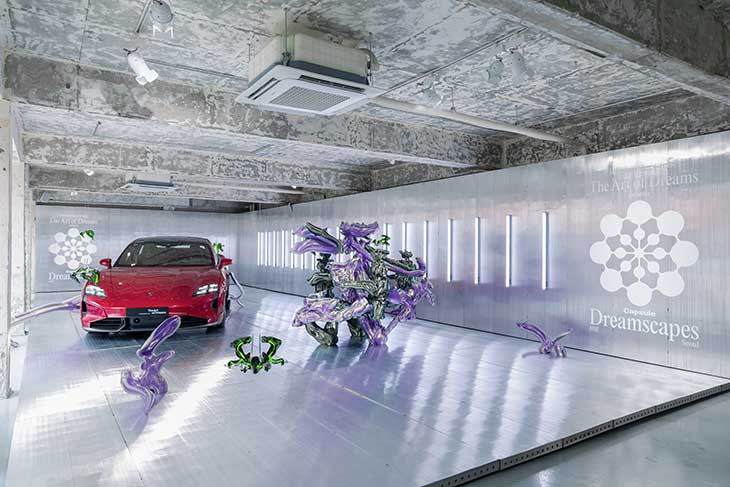
As a creative duo, how have your individual design journeys shaped the way you collaborate and approach new projects?
T&A : We don’t really see ourselves as a traditional duo. We work independently and sometimes, when a situation triggers it, we collaborate. Working together brings a new and complementary dimension to our personal works. It brings us to unexpected paths. Our practices embody distinct contrasts. But much like opposing forces in physics, these contrasts are also what draw our ideas together. It’s a bit like quantum theory—two different cores that attract and create
something new in the process.
Your works explore the intersection of tangible and intangible realities. How do you navigate the space between digital creation and physical materiality in your designs?
A : On my side, I work mostly in the computer. My work is always first contained within the digital file – so to say, the digital file is the work. I spend a lot of time drawing and sculpting this 3d file, to the point that to me it is very much of a physical practice, my hand carving the digital matter. It’s fascinating to think that this exact digital file carries the potentiality to translate into many iterations, in term of scale and materials. I like to intervene on this translation gap. There is no such a thing than pure digital state, there is always a material aspect to it.
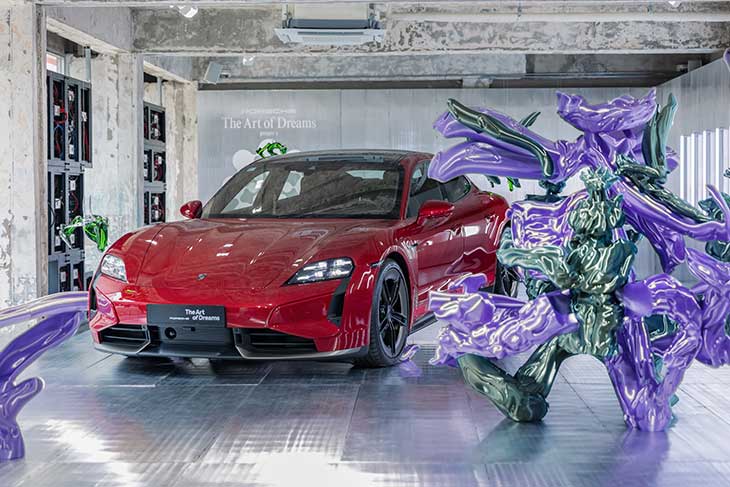
Can you share how digital tools have changed your relationship with physical materials in your design process?
A : I always thought I was not a maker – materials always resisted me, and I have always been very afraid of any workshop tools. The digital allows me to create in the shape of images and 3d files. It opened a totally different way to envision matter. In the space of a 3d modeling software, there is no scale, nor weight, not even color. I usually sculpt in shades of grey. The sculpting process is very malleable. You can always ctrlC ctrl v ctrl Z. Go back and forth. It is an approach to matter that is always changing, fluid, without contours. I also like to apply this way of thinking to physical matter. Matter is not a static thing. I like to reveal its liveliness through the use of digital tools.
T : I am running away from digital tools. My practice is rooted in the physical, and I prefer to
work directly with materials.
Do you ever find it challenging to balance your individual design identities while working together on collaborative projects?
A&T : When we work together, it always feels very organic – at least, the conceptual impulse of the project is always very clear. From the idea that feels right, we would say the manufacturing process is the most difficult part – but all projects have that part to them. We are quite complementary, even if we have quite different methods and approaches to design. Theo is more interested in systems, and I in forms. The way we collaborate is often to make two different parts that intertwine or collide to each other. In doing so, we give new meaning to the two elements in a coherent piece. In this way, we use the technical properties of the materials we’re comfortable with and leave each other creative freedom over our own parts. We combine the best of what each of us brings to the table. The key to successful collaboration for us is preserving our individual identities.
“Our practices embody distinct contrasts. But much like opposing forces in physics, these contrasts are also what draw our ideas together. It’s a bit like quantum theory—two different cores that attract and create
something new in the process.”
How do you approach the concept of ‘design as storytelling,’ and what narratives do you hope your work communicates to audiences?
A : I would say that my work is more about gesture than language. I think I intervene more on the perceptual level, the one of the senses. It is hard for me to give a very strict story about a work or a project. On the contrary, I seek to make pieces that resist descriptions, that you can’t really name. My pieces are far from abstract and often carry many references and figurative elements—sometimes contradictory and layered—that I never intend to explain. I often feel like words enclosed a thing in a narrative and fixate it – while I am looking for propensity of fluidity and openness within matter. If there is a storytelling it is the one of the surface, the material / of the ambiguity that opens the door to imagination and make an object relatable to the viewer.
T : Storytelling happens on multiple levels. It starts with the method of production, then it translates into the physical object, and finally, the concept behind it. I aim for an aesthetic that speaks for itself, allowing the audience to appreciate the object visually. However, for those who ask “why”, I always enjoy sharing the deeper story—why it exists and how it was brought to life. The narrative is often very closely tied to the process the pieces have been shaped.
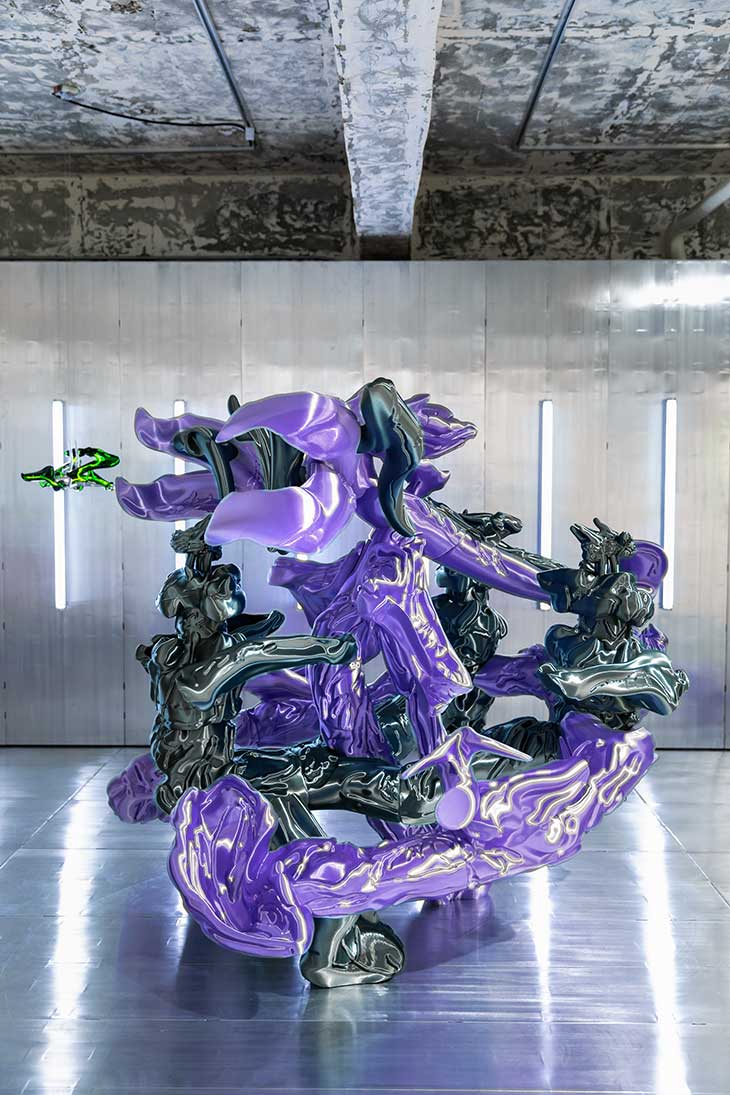
Audrey, you often blend digital image manipulation tools with 3D printing. How do you see technology shaping the future of design?
A : I think my work is more about the “now”, to which I try to find alternative forms, than about the future. I work with techniques and materials that are not necessarily new, but which I combine in a personal way. Once a tool is no longer new, we can start to go beyond technical fascination and integrate it into a personal visual language. One of the aspects I foster in my work is a more sensitive approach to technology. A dialogue between the human touch and the digital beyond standardization and the design of a simulated digital realm that would be brighter than our material realm. I am convinced of a future that is
profoundly material, but material in a less binary way – the digital lens can help us think about this question philosophically.
“We don’t draw a strict line between art and design in our practice. We were both trained as object designers, and when we work in the studio each day, it feels the same—whether we’re creating art or design, it doesn’t matter to us.”
Théophile, your work often features industrial materials reimagined through handcrafted techniques. What draws you to these materials, and how do you transform them into your art?
T : My first project after graduation was a cabinet made from reclaimed plastics. In the same building as my atelier, a laboratory was closing its doors, and they were discarding large quantities of high-quality technical plastics. As a young designer, I found incredible that such valuable material could end up as waste. I decided to gather it and use it in my work, crafting them all with the hands tools I had available in mu workshop, developing methodologies to work with these
industrial materials in a more artisanal way. Decontextualizing these materials allows me to explore new processes and shapes, while also commenting on the societal value we give to materials and the potential that a designer or sculptor can unlock within them.
What role does failure play in your creative process?
A : I don’t really like failing. I try to do it as little as possible. Or let’s say I try to fail as much as possible in the development process in order to succeed in the final result. I mean, I fail all the time. It depends where we put expectations. If you mean randomness, I would say my work is not really about serendipity. Maybe I should think about it more.
T: I embrace failure as a crucial part of the creative process. The closer you get to failure, the more breakthroughs you can have. When failure happens, it’s an interesting moment where you’re forced to find a solution. Often, the solution is right there but requires energy and persistence to uncover. When you do find it, it’s incredibly rewarding.
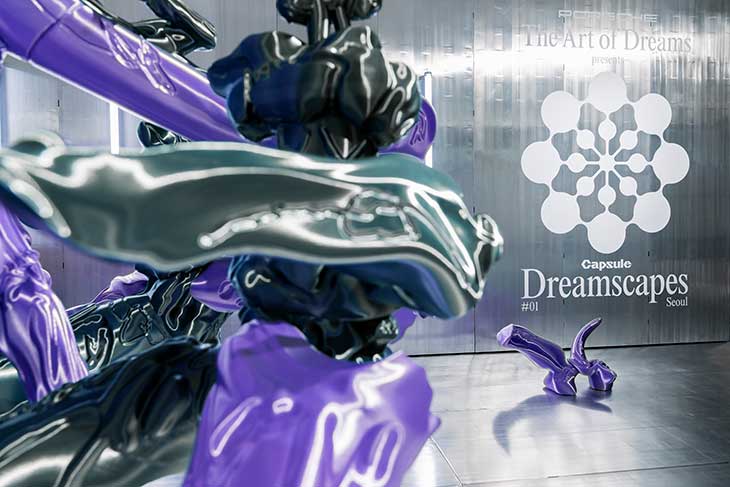
Your works challenge the conventional boundaries of functionality and aesthetics. How do you balance the line between art and design in your practice?
A&T: We don’t draw a strict line between art and design in our practice. We were both trained as object designers, and when we work in the studio each day, it feels the same—whether we’re creating art or design, it doesn’t matter to us. The creative questions are placed somewhere else, and they can manifest through a functional object or a sculptural one. On another level, it’s true that they still represent two separate fields which we both work in. So we would say that the context in which we intervene and in which the work is presented is shaping its status more than the actual practice of making it.
What personal interests do you hope to bring into your future projects as you continue to evolve as designers?
A&T: We are quite open to new discoveries and usually ideas happen spontaneously – quantum physics is a field that fascinates us and we are working on developing further our series elementary particles and transfer of energy.
